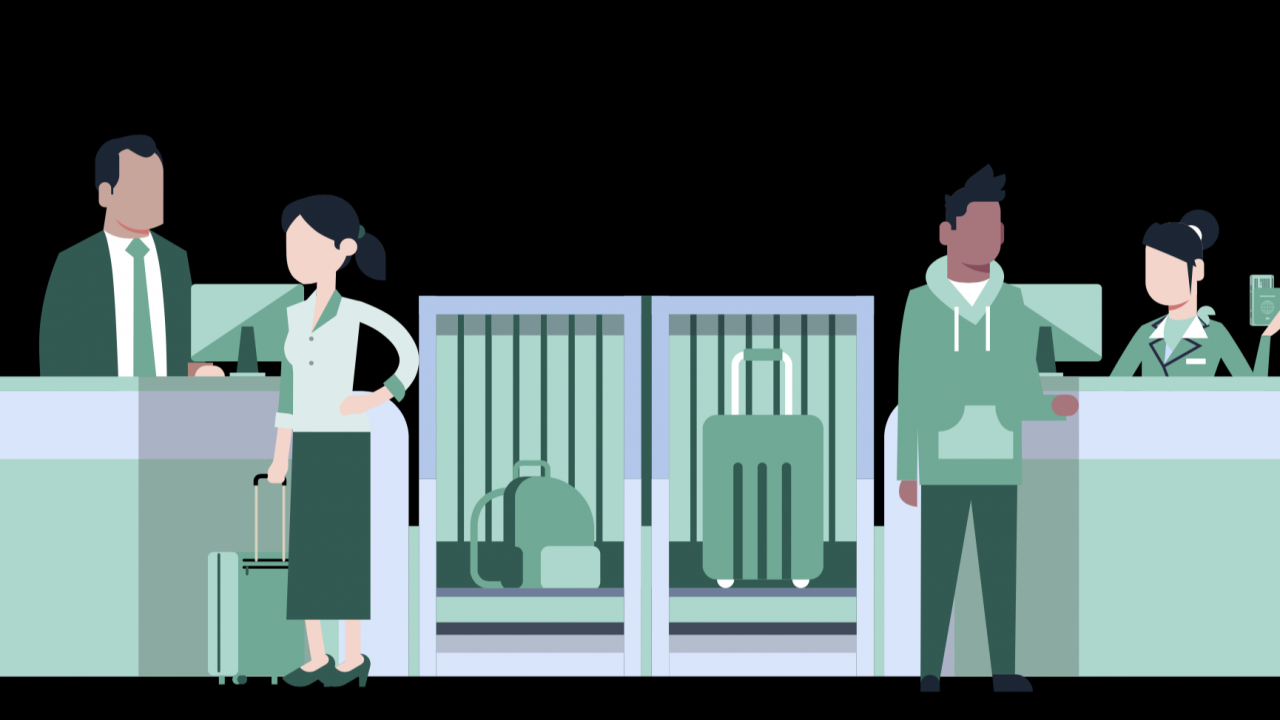
$222 billion dollars are on the line in the airline industry…
Year-on-year, more people are travelling by plane in the US. In 2017, this meant 965mn people travelled on US airlines, resulting in an industry worth $222m. Understanding why these 965mn people travel by plane is critical in helping airlines and airports meet people’s unique and differing air travel needs.
To better understand these unique needs, Northstar conducted a nationwide study on people’s motivations for choosing long-distance travel in the US*. (The full findings are available for download here).
Trip purpose: A defining factor in motivators and barriers
Trip purpose (why people undertake a trip) dramatically impacts the choices people make when it comes to choosing different modes of travel for long-distance domestic trips:
- Leisure travelers are most concerned about safety, value for money and punctuality
- Business travelers, and especially heavy business travelers (for whom business travel accounts for 50%+ of their trips) place greater importance on the overall travel experience. Specifically, how they choose to spend their time, loyalty programs and selecting an environmentally friendly mode of transport (note: the airline industry is currently investigating ways to reduce carbon emissions)
CLICK HERE FOR THE DETAILED RESULTS AND IMPLICATIONS FOR THE AVIATION AND TOURISM INDUSTRY
Trip purpose doesn’t only have a relationship with why people choose a long-distance mode of transportation; it also impacts first-last mile transportation decisions:
First-last mile transportation choices
The first-last mile refers to the mode of transport people use to start or finish a longer journey. Much like the motivations for choosing a long-distance mode of transportation, leisure and business traveller have unique motivations for this first/last stage of their trip:
- Leisure travelers are the passenger type least open to alternative transportation options beyond the car. In fact, leisure travelers are 3x more likely than business travelers to not be open to public transit because they enjoy driving. This has direct implications for airports and the tourism industry when it comes to rental cars, signage and wayfinding
- Business travelers are both more open to, and more familiar, with public transit options. These range from Light Rail Transit (LRT) to public buses to alternative transit modes like bike sharing and scooter sharing
Understanding the motivations of first-last mile transport modes can generate significant revenue. Recently, Northstar worked closely with a local transit authority in developing pricing for their airport-to-downtown LRT service and was able to create a tiered solution that targeted business travelers, leisure travelers, airport employees and even meeters & greeters. This ensured the optimal pricing strategy to encourage ridership and help meet revenue targets.
To learn more about ‘Up in the Air: Understanding drivers of choice in long-distance travel’, please contact Matthew Denomme.
* This national, online study was conducted in March 2019 among n=750 Americans aged 18+ who live in a region with access to a public transit system, including subway, LRT, bus or large airport. Of these, n=574 have taken a plane in the past 12 months. The results are statistically significant at +/- 4.09% at 95% confidence level, or 19 times out of 20.
By Matthew Denomme, Senior Vice President & Canadian Managing Director
if you would like further information, please get in touch via:




